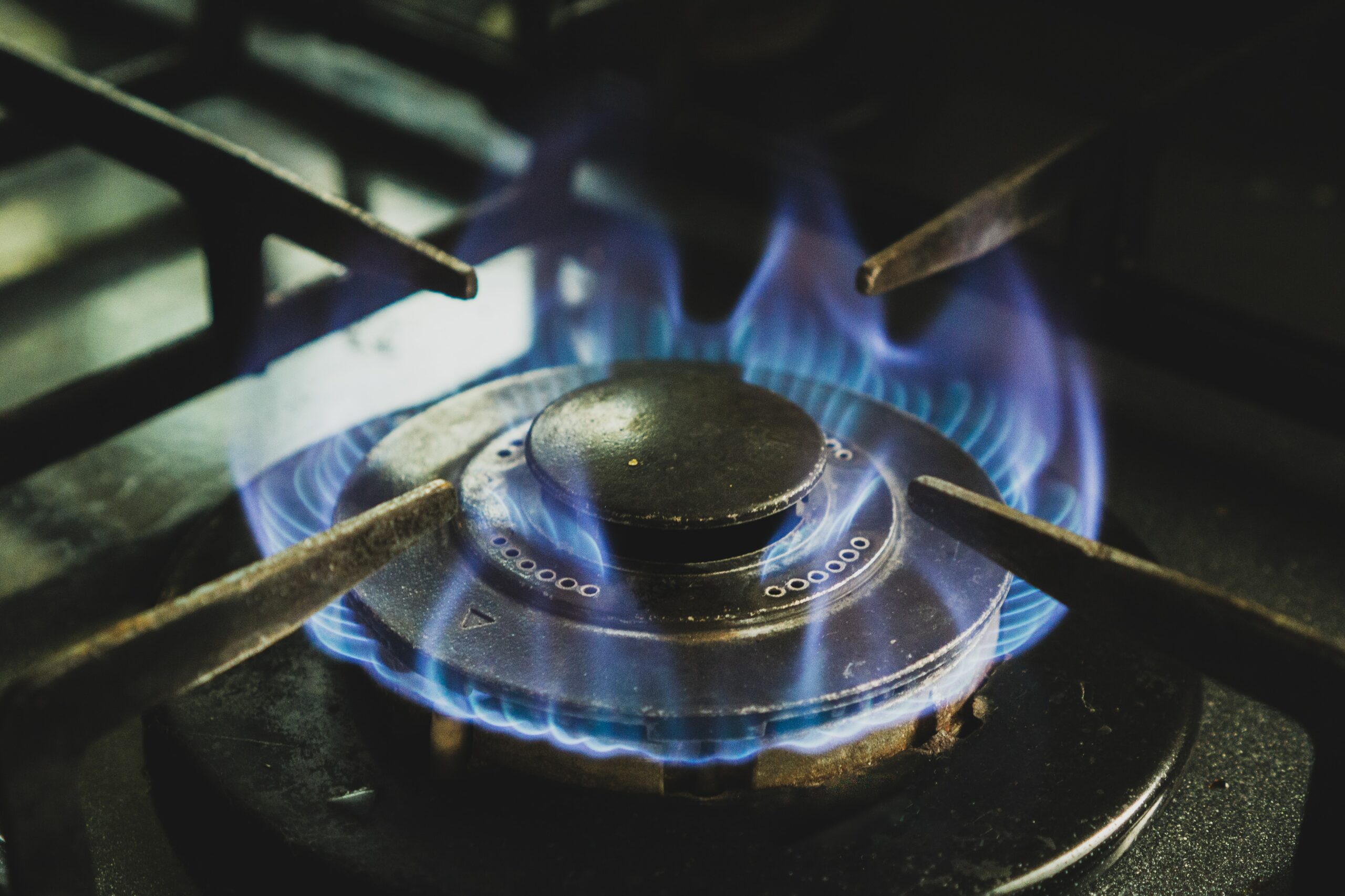Promoting Fire Extinguisher Safety
Fire extinguishers are designed to fight fires in their early stages when the flames present a relatively minor hazard. Specifically, a fire extinguisher should be leveraged when the fire is small, growing at a slow pace, giving off little smoke and emitting minimal heat. Knowing how to use a fire extinguisher during a workplace fire can make all the difference in preventing the flames from spreading and causing large scale damage and injuries. With this in mind, its vital to understand the different types of fire extinguishers and basic operating procedures.
Types of Fire Extinguishers
Fire extinguishers are divided into different classes, with each class of extinguisher designed for certain types of materials and fires. Here is a breakdown of these changes:
- Class A fire extinguishers are designed to fight fires involving freely burning materials (eg wood, paper, textiles). Class A Extinguishers should never be used on electrical fires or flammable liquids, gases or metals.
- Class B fire extinguishers are made to fight fires involving flammable liquids (eg paint and petrol).
- Class C fire extinguishers are designed to fight fires involving flammable gases (eg butane and propane).
- Class D fire extinguishers are made to fight fires involving flammable metals (eg magnesium and lithium),
- Class E fire extinguishers are designed to fight fires involving electrical equipment (eg televisions and computers).
- Class F fire extinguishers are made to fight fires involving cooking oil and fat (eg sunflower oil and lard).
Using the wrong fire extinguisher can result in more damage than the fire itself. All extinguishers have nameplates identifying their specific usage instructions.
Basic Operating Procedures
In addition to selecting the right type of fire extinguisher to put out a workplace fire, its essential to know basic operating procedures. In general, its best to follow the PASS method when using a fire extinguisher.
This method involved the following steps:
- The safety pin is usually held in place by a plastic seal and will pull off. Do not push down on the operating lever while pulling the pin, or it wont come out.
- Aim at the base of the fire, the lowest flame closest to you. The base of the fire will recede from you as you use the extinguisher, so you must adjust your aim.
- The operating lever is above the carrying handle. The operating lever opens the valve when you squeeze it down. When you let go, the valve closes and the discharge stops.
- Sweep the nozzle by moving your arm at the elbow. Direct the discharge to cover the entire width of the base of the fire.
Above all, remember that you should never feel like you have to stay and fight a workplace fire. If you feel your safety is at risk at any point, exit the premises immediately.
Responding to Medical Emergencies in the Workplace
Though no one ever imagines it happening, there is a possibility you might be the closest (or only) employee on the scene when a colleague experiences a medical emergency. Fortunately, you do not have to receive extensive first aid training to know how to safely respond.
Do not panic if you are the only one around when a colleague has a medical emergency. After calling 999, remember these response basics for different scenarios to keep your fellow employee as safe as possible until professional help arrives.
The care you give your colleague before the paramedics arrive can have a significant impact on the overall outcome of the situation. In some cases, it may even save their life.
General Medical Emergencies
- Provide first aid, but only if you know how. Try to help the employee, but never attempt to do anything you are not trained to do or feel uncomfortable doing.
- Do not leave the employee alone unless you are in danger or the 999 dispatcher tells you to do so.
- Do not move the employee unless they are in a life threatening area. Moving them could cause serious damage, depending on the situation, condition or injury.
Seizures
- Roll the employee onto their side and cushion their head.
- Clear the surrounding area of sharp, solid or otherwise hazardous objects.
- Do not put anything in the employees mouth.
Excessive Bleeding
- Try to control the bleeding by applying firm and direct pressure with a clean cloth or gauze to the affected area.
- Elevate the affected area, if
- Do not come into contact with the employees blood.
- Do not remove blood soaked cloth or gauze. Instead, add more layers on top to maintain pressure on the affected area.
Heart Attacks
- Help the employee sit down in a safe and comfortable area. Sitting puts less strain on the heart and reduces the risk of further injury if the employee collapses.
- Loosen any tight clothing the employee is wearing.
- Try to keep the employee as calm as possible.
Speak to your supervisor if you have any further questions about responding to medical emergencies in the workplace.

